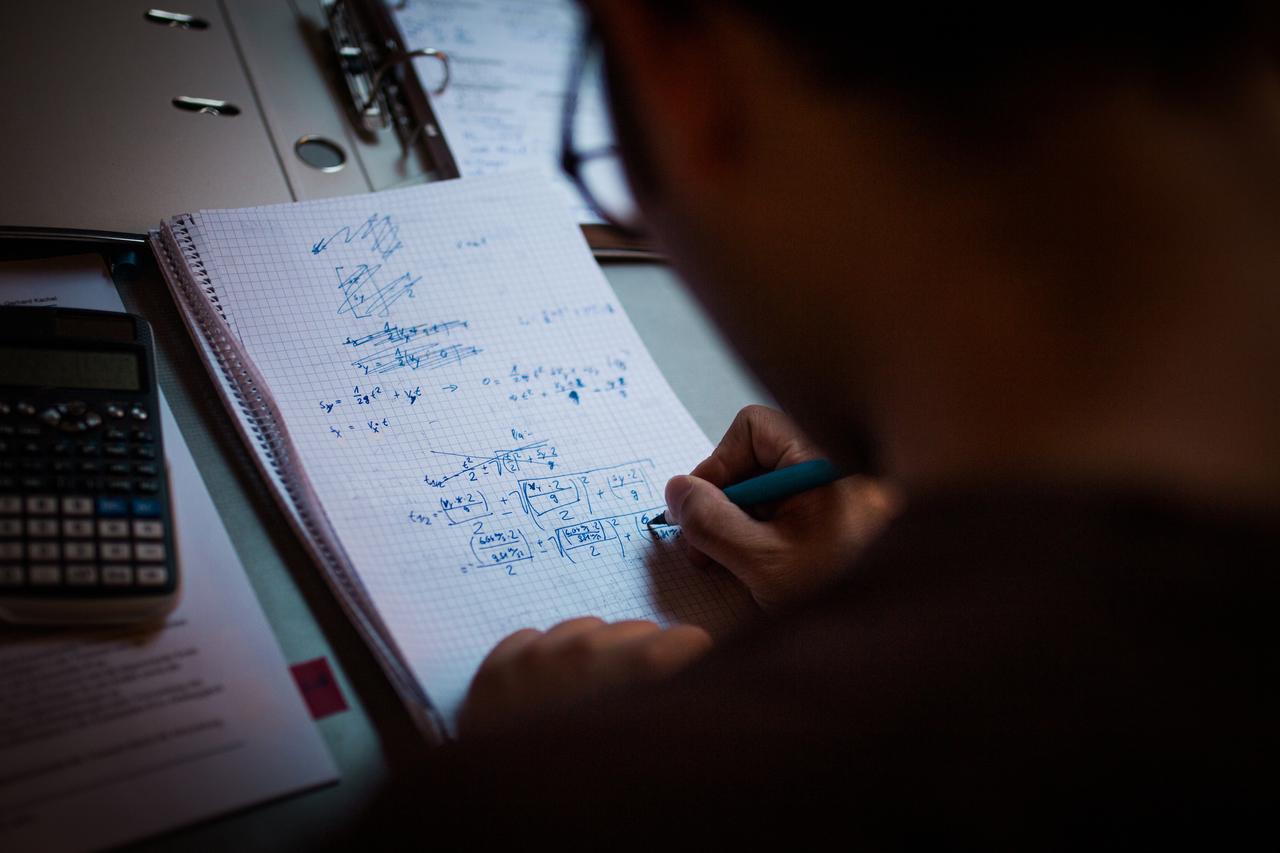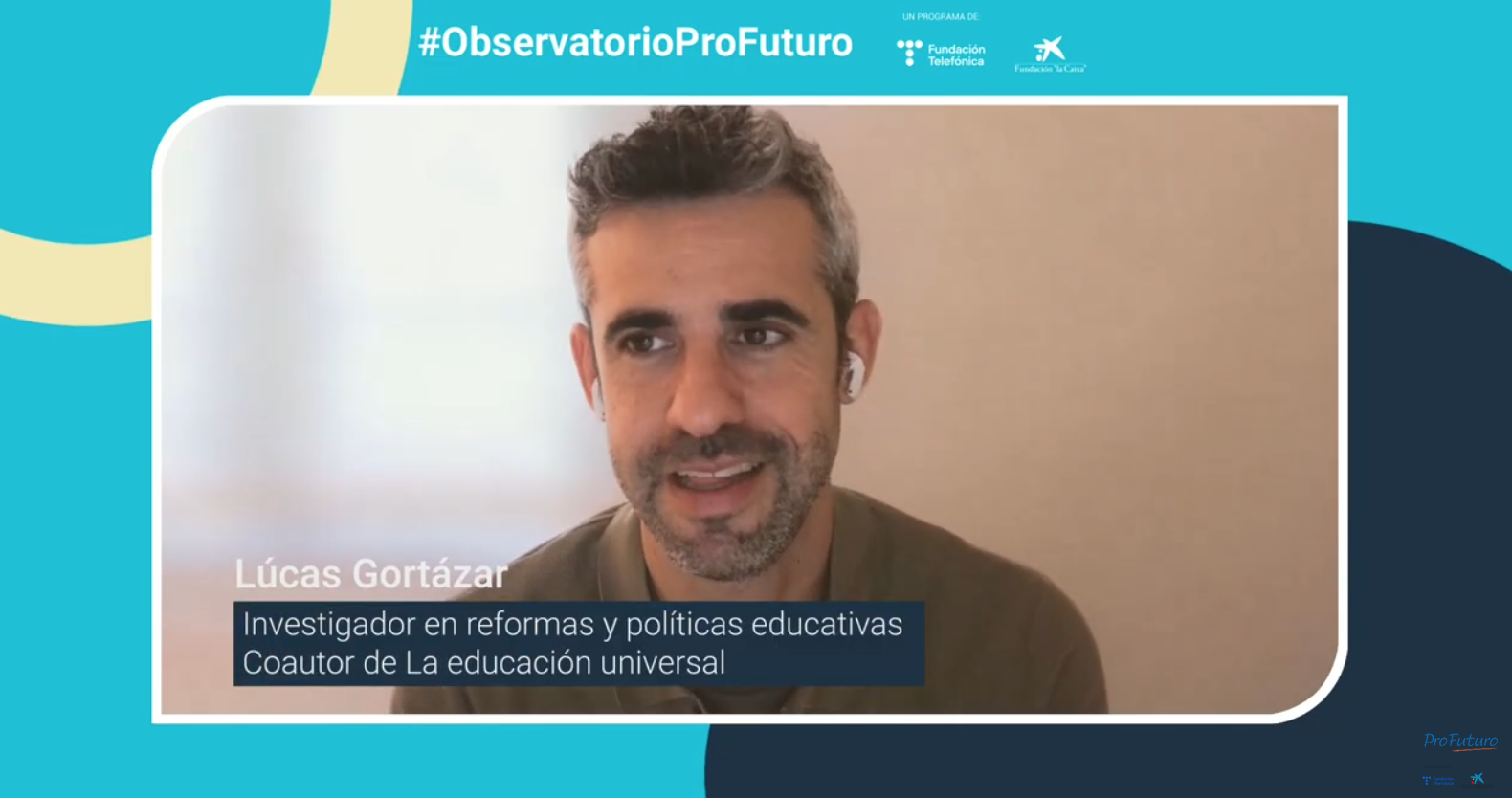Today at the Observatory we wanted the experts from the Academy to explain directly to our audience the relationships that have been established between computational thinking and mathematical thinking in recent years. For this reason, this article is an adapted translation of the article Comparing Conceptions of Mathematical and Computational Thinking Cycles, published in issue 24 of Cambridge Mathematics Express in November 2019 written by the researchers Lucy Rycraft-Smith and Cornelia Connolly.
Narrowing down the concepts
Mathematical thinking (MT) and computational thinking (CT) are two interrelated and complex processes. The first involves the application of mathematical skills to solve mathematical problems (Stacey, 2006). It is derived from and, to some extent, provoked through contradiction, tension and surprise; and it is enriched and enhanced in an atmosphere of questioning, challenge and reflection (Mason, Burton and Stacey, 2011). CT is “an approach to solving problems in a way that can be implemented using a computer” and goes beyond computer science (Barr and Stephenson, 2011).
Compared to mathematical thinking, computational thinking is a relatively new area of research which as yet, lacks a definition with a broad consensus. Some definitions include processes such as the decomposition, abstraction, algorithmic design, debugging, iteration and generalisation of problems (Shute, Sun and Asbell-Clarke, 2017). It also involves an iterative process of design, refinement and reflection that is fundamental to creative thinking (National Research Council, 2011). Helping teachers to learn more about computational thinking and how it could support learning in a variety of contexts is currently a priority for the education sector (Voogt, Fisher and Gold, 2015).
What unites them
What are the main similarities between the two processes? Both are problem-solving methodologies, as they involve pattern recognition in the structure of problems. As we have already mentioned, both methods also involve processes such as decomposition (breaking down problems into smaller steps); algorithm design (devising general principles from multiple examples); and modelling (translating real-world objects or phenomena into mathematical equations and/or computational relationships) (Liu & Wang, 2010).
They also have some heuristic strategies and more general problem-solving behaviours in common, such as abstract thinking and metacognition, trial and error, ambiguity, flexibility and the ability to consider and evaluate multiple ways of solving problems. Both types of thinking can be developed at any age and, when learners are sufficiently competent, they can be practised more independently (Shute, Sun and Asbell-Clarke, 2017).
How they are promoted
There is a growing interest in including some aspects of computational thinking within the study of maths. The use of computational tools and skill sets can deepen the learning and experience of mathematics or provide “powerful new techniques for using mathematics to model complex phenomena” (National Research Council, 2011). Thus, computational thinking skills such as pattern recognition and decomposition, design and the use of abstraction, the use of appropriate computational tools and the definition of algorithms have been identified as part of the mathematical problem-solving process (Wilensky, 1995).
Mathematics also provides a meaningful context (and set of problems) which computational thinking can be applied to. Computational thinking and mathematical thinking can intersect, for example, in the application of software in the mathematics and/or computer science classroom (Hickmott et al, 2018; Sung et al and Rohaeti & Bernard, 2018). When applying a mathematical concept to software, both computational thinking and mathematical thinking are used to decompose the mathematical problem, think abstractly, produce or choose an algorithm appropriate to the problem, and debug any errors that might arise. Examples can be found in probability, statistics, measurement and functions, in which software applications such as Excel, Scratch or graphical calculators will involve computational thinking. Curriculum planning documents, such as the new PISA 2021 framework, are beginning to refer to the use of computational thinking in mathematics as being part of mathematical skills (PISA, 2019).
How they are different
While mathematical thinking is limited to mathematical problem solving with mathematical components, there is growing evidence that computational thinking is being more broadly applied to complex processes and relationships in the arts and sciences (Mason et al, 2011 and Shute et al, 2017). However, while it is possible to use the CT more extensively than the MT to solve both theoretical and practical problems (Shute et al, 2017), the latter must take into account the physical limitations of computer hardware and the real world, whereas computational thinking leans more towards an abstract structure. A simplistic model that considered the differences between the two highlighted aspects such as data mining, networking and robotics as unique to computational thinking, and arithmetic, algebra and geometry to mathematical thinking (Sneider et al, 2014). As research on computational thinking in schools develops, there will be a better understanding of its relationship to mathematical thinking and where and how it should be included within the curricula.
Conclusions: exploiting synergies
- Compared to mathematical thinking, computational thinking is a relatively new domain that requires more research to understand its implications and its place in the classroom and in the national curricula.
- Shared information about both processes helps students to see the connections between them. It is therefore useful for maths teachers to be familiar with computational thinking and for computer science teachers to be familiar with mathematical thinking.
- Processes common to both may include decomposition, algorithm design and modelling. Its application helps students become comfortable with trial and error and the concepts of ambiguity and flexibility.
- Both mathematical thinking and computational thinking are ways of participating in solving problems and both can be improved in practice through reflection; they can be developed at any age and enable students to become more independent learners.
- Mathematical thinking can be practised in the context of computational tools and skill sets; computational thinking can be applied in the context of mathematics.
To conclude, in this article we would also like to give voice to the physicist and mathematician from the University of Cambridge, Conrad Wolfram, who, as we explained in a previous article, thinks that to reconnect the teaching of maths with today’s world, we must, among other things, connect it to computational thinking. He explains this in this Ted Talk which has had almost 1,800,000 views and has become a classic in mathematics pedagogy.
REFERENCES
Barr, V., & Stephenson, C. (2011). Bringing Computational Thinking to K-12: What is Involved and What is the Role of the Computer Science Education Community? ACM Inroads, 2(1), 48–54.
Liu, J., & Wang, L. (2010). Computational thinking in discrete mathematics. Paper presented at the Second International Workshop on Education Technology and Computer Science.
Mason, J., Burton, L., & Stacey, K. (2011). Thinking Mathematically. (2nd Ed. ed.): Pearson Higher Ed.
National Research Council. (2011). Report of a workshop on the pedagogical aspects of computational thinking. National Academies Press.
PISA 2021: Mathematics Framework. (n.d.). Recuperado el 22 de octubre de 2019 de https://www.oecd.org/pisa/sitedocument/PISA-2021-mathematics-framework.pdf
Shute, V. J., Sun, C., & Asbell-Clarke, J. (2017). Demystifying computational thinking. Educational Research Review, 22, 142-158.
Sneider, C., Stephenson, C., Schafer, B., Flick, L. (2014). Computational Thinking in High School Science Classrooms: Exploring the Science “Framework” and “NGSS”, The Science Teacher, 81(5), p. 53-59.
Stacey, K. (2006). What is mathematical thinking and why is it important. Progress report of the APEC project: collaborative studies on innovations for teaching and learning mathematics in different cultures (II)—Lesson study focusing on mathematical thinking.
Voogt, J., Fisser, P., Good, J., Mishra, P. & Yadav, A. (2015). Computational thinking in compulsory education: Towards an agenda for research and practice. Education and
Information Technologies, 20(4), 715-728.
Wilensky, U. (1995). Paradox, programming, and learning probability: A case study in a connected mathematics framework. The Journal of Mathematical Behavior, 14(2), 253-280.






